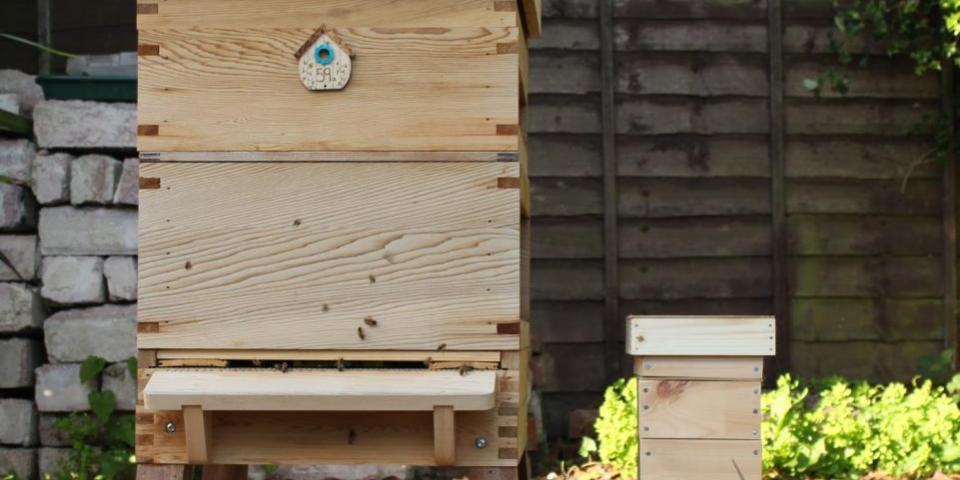- Posted By: beekeeper
- Comments: 0

With beekeeping inspections coming to end at this time of year as the girls start to prepare themselves for winter, myself and two other beekeepers have got together to begin a correspondence course which will hopefully lead us to become more knowledgeable about honey bees and may even lead us into areas of beekeeping that we would like to venture in the future. This distance learning course is a long road ahead of us right now but we're aiming high to get our Intermediate Theory Certificates and then on to the Senior Theory Certificates.
Right... we better start learning something then! To be fair, this has been our first week of getting together and working through the first paper of Module One: Bee Management. With six questions forming part one and five questions forming part two of the first paper, we decided that we would each take a couple of questions from each section and then at our weekly meet-ups, we'd present our answers before writing it all up and sending to our tutor.
First impressions of the first paper having seen it? All I can say is, remember the days when you were at school sitting exams and you turned over the paper and your mind went blank? Well, that was the same feeling! But you learn to settle down and take one question at a time. Back in those days when I was at school, there was no Internet. I'm not sure if it's made the job of learning easier or harder because there are so many answers out there - but which is right for the question I'm being asked?
The questions for me this week were:
- List the various uses for wax foundation.
- Why are supers usually shallow boxes rather than deep boxes?
(they were the easy questions)
- How has the concept of bee space influenced hive and frame design?
- Explain the difference between top bee space and bottom bee space. What are the advantages/disadvantages of each?
- What do beekeepers mean when they talk about narrow and wide frame spacings (give measurements)?
- What are the advantages of wide-spacing, and when/where might this be used?
- What are the possible pitfalls of employing wider frame-spacing?
- List the various methods of spacing frames, give the usual measurements of each method together with their advantages and disadvantages.
Out of the three of us, I'm the one with the least experiencing in keeping bees, so Cathy and Imogen both took on some challenging questions. I'm going to have to find a way to remember what we've learnt because the art of learning doesn't come easy to me but I'm determined to put as much effort in as I can because beekeeping can be challenging and with the threat to the lives of honey bees, every thing I learn is a positive step in my own beekeeping journey.
I mentioned earlier that my beekeeping inspections are coming to an end at this time of year but that hasn't stopped me thinking ahead for next year when my beekeeping duties will be resumed as the girls come through winter and foraging for food begins in the springtime. There's the artificial swarming technique to learn for a start. There are books that explain this and even a wonderful little video on YouTube to watch, but getting hands-on and trying it out is a sure way to learn for me. Rather than lugging large bits of beehive around, it's not that practical - besides, the beehive has a colony of bees inside and I'm sure Lizzie and her family won't be best pleased with me disturbing them at this time of year. Plus, the only time to do an artificial swarm is before the colony decides to swarm. Therefore I've made a couple of little miniature wooden hives for me to practice with - I've got all winter to practice and hone the technique ahead of doing it for real - that's the plan!
The image used has been published under the terms of a Creative Commons License and is attributed to Honey Bee.
